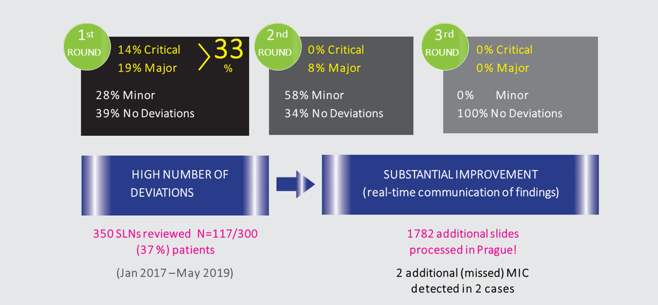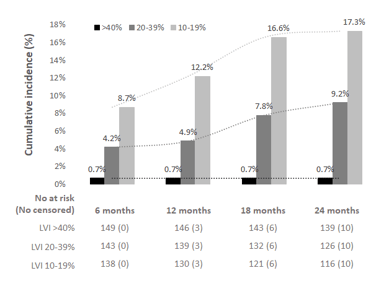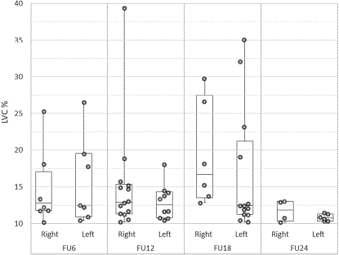Other outcomes
43% of cases with N1 (macrometastasis, micrometastasis) are detected by pathological ultrastaging of SLN.
The detection rate of SLN metastatic involvement correlates with the number of levels assessed by ultrastaging.
Four levels should become the international standard, detecting over 90% of N1 cases.
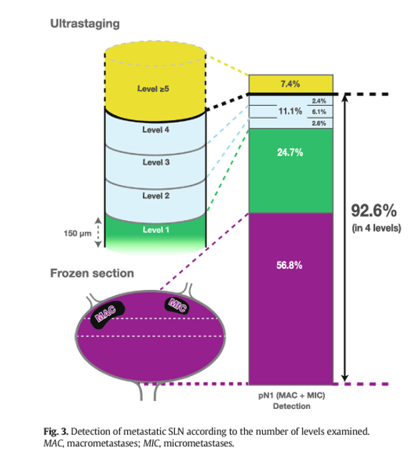

Sentinel lymph node pathological ultrastaging
Ultrasound is as accurate as MRI in preoperative pelvic staging of cervical cancer
US and MRI not differ in the assessment of tumour size and parametrial involvement
US can be reliably used for pretreatment triage of cervical cancer patients
US examination represents a reliable solution for limited resource countries
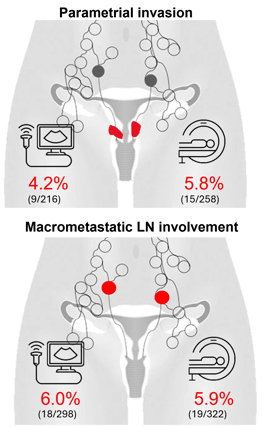

MRI and ultrasound in preoperative pelvic staging
Very high bilateral SLN detection success rate = 93%
97% of SLNs located distal to the interiliac bifurcation – only 1.3% of positive SLNs found outside this area
Half of pN1 cases not identified intraoperatively


Sentinel lymph node maping and intraoperative assessment


Postoperative bladder emptying dysfunction is related to the radicality of parametrectomy.
Severe urinary dysfunctions persisting more than one month were described in only 1% of patients.

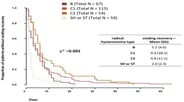
Voiding recovery after radical parametrectomy
Central quality control of SLN pathological processing using ultrastaging
Quality improvement during the course of the study.
